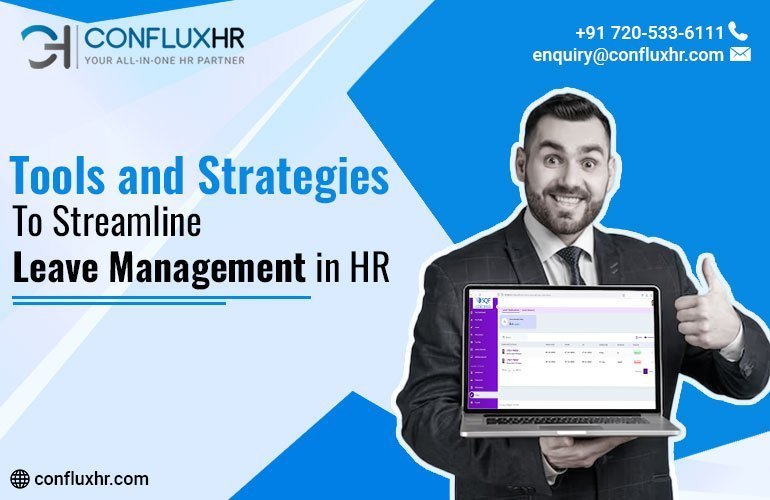Employee absence management is a critical aspect of human resources (HR) that significantly impacts employee well-being, productivity, and overall organizational success. In this guest post, we will delve into the world of leave management in HR, exploring essential absence management software free that can help streamline the process for efficient implementation.
As businesses evolve and adopt more flexible work arrangements, managing leaves effectively has become more challenging and important than ever before.
Understanding the Importance of Leave Management in HR
Leave management plays a pivotal role in maintaining a harmonious work environment while ensuring that employees have the necessary time off to recharge and attend to personal matters.
It involves a delicate balance between addressing employee needs and ensuring business continuity. Without proper leave management practices, organizations risk disruptions, decreased productivity, and employee burnout.
Tools for Seamless Leave Management
1. Leave Management Software Free: A robust leave management software free can automate leave request submissions, approvals, and tracking. It provides a centralized platform for both employees and HR managers to manage leave balances and access historical data.
With features like calendar integration and notifications, leave management software free streamlines communication and reduces administrative overhead.
2. Self-Service Portals: Employee self-service portals empower staff to independently submit leave requests, check their leave balances, and track the status of approvals.
This reduces the burden on HR teams and promotes transparency by allowing employees to have more control over their leave-related activities.
3. Leave Tracking Apps: Mobile apps offer real-time access to leave-related information, enabling employees to request time off on the go.
These apps often come with features like automatic accrual calculations, leave history, and interactive dashboards.
Strategies for Effective Implementation
Clear Leave Policies: Establish well-defined leave policies that outline the types of leave, eligibility criteria, request procedures, and approval processes. Communicate these policies to all employees to ensure consistency and fairness.
1. Training and Awareness: Conduct training sessions or workshops to educate employees about the absence management process, the tools available, and the importance of accurate record-keeping.
Promote awareness about the impact of absence management on both individual and organizational levels.
2. Manager Training: Provide training to managers and supervisors on how to handle leave requests, ensure workload distribution during absences, and maintain open communication with team members.
3. Regular Audits: Periodically review and audit leave records to identify any discrepancies or patterns that may indicate misuse. Regular audits help maintain data accuracy and uphold the integrity of the leave management system.
Conclusion
Absence management in HR is a dynamic process that requires a combination of technology, policies, and effective communication strategies.
By utilizing advanced tools like leave management software free and embracing comprehensive strategies, organizations can streamline their absence management processes, ensuring fairness, transparency, and employee satisfaction.
Discover the best leave management software free for 30 days with ConfluxHR! Seamlessly manage employee leaves, enhance efficiency, and ensure compliance while enjoying the benefits of our user-friendly interface and robust features.
Elevate your HR operations with ConfluxHR – an innovative solution – the ideal choice for SMEs and startups.
Remember, efficient absence management not only benefits employees but also contributes to a healthier and more productive workplace, ultimately driving organizational growth and success.
**(Note that the trial is a limited time offer)



